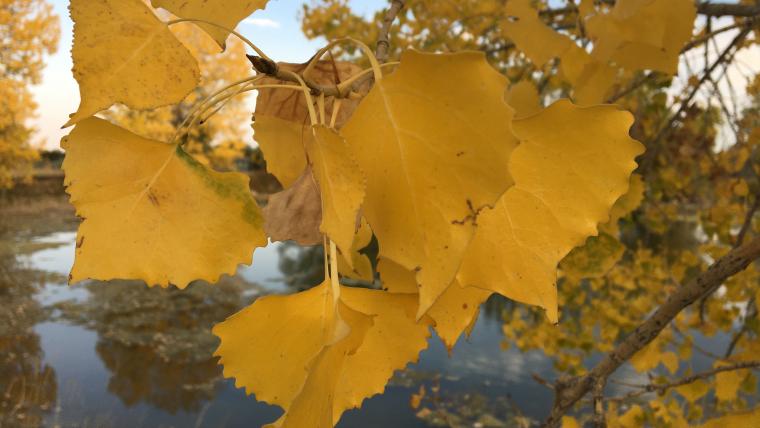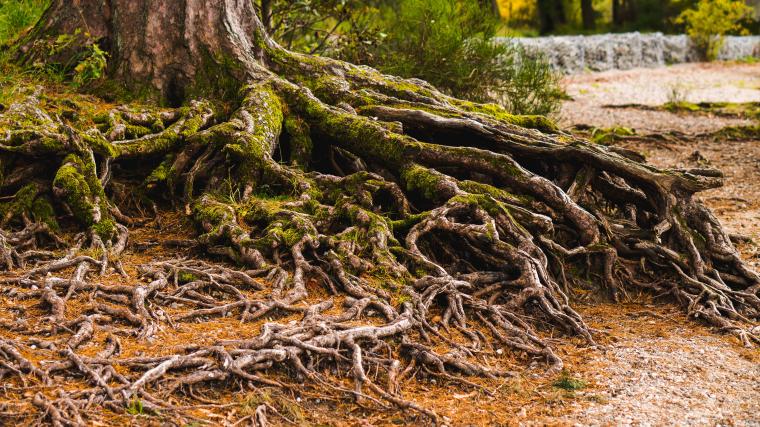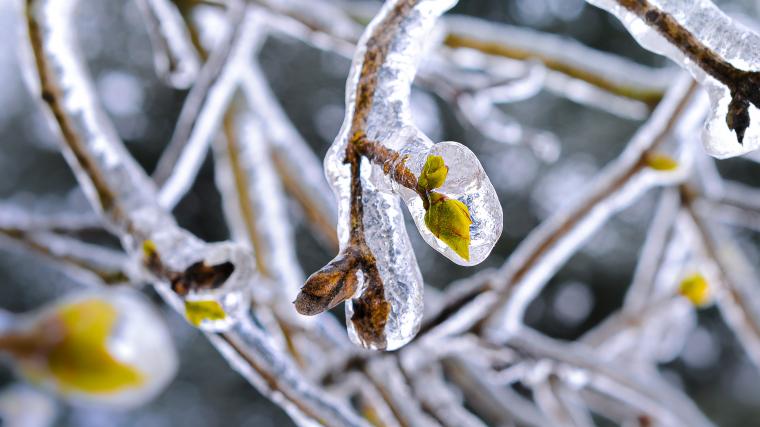
Early springs and late-season freezes may become the new normal
Wed, Sep 21, 2016
The “false spring” of 2012 was the earliest in an over 100 year record, and resulted in large-scale agricultural losses. To find out if these types of springs will become more common in the future, researchers used new climate change simulation models, including the USA-NPN’s Spring Indices, to distinguish natural climate fluctuations from longer-term trends. They found that by mid-century, we could see springs like that of 2012 as often as one out of every three years. They also found last freeze dates may not change at the same rate, resulting in more large-scale tissue damage and agricultural losses.








